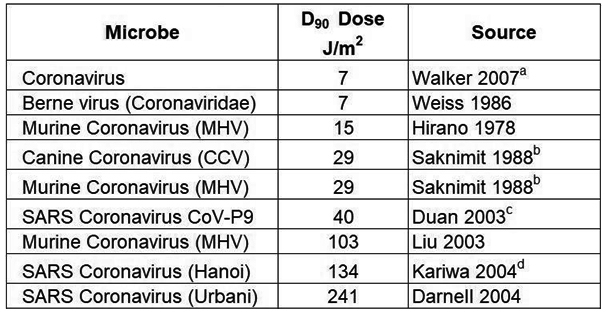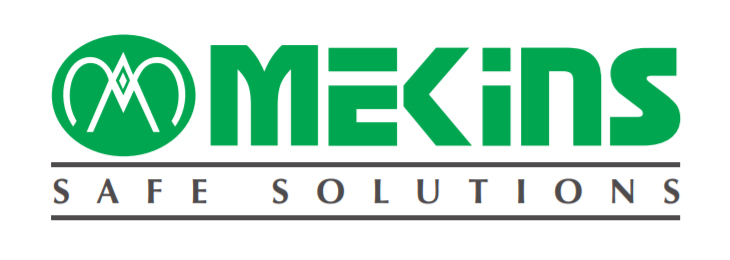COVID-19 (SARS-CoV-2) is causing a huge concern to the global populations due to its highly contagious properties. The SARS-CoV-2 is a new variant in the betacoronavirus family. World is focusing on finding several ways to battle this novel coronavirus by several methods.
Several times, chemical disinfectants are not enough to remove the bacteria and viruses found in hospitals and other different environments.The decontamination of the patient-care rooms before admission of subsequent occupants, is a major requirement specially in hospitals which are treating COVID-19patients. Coronavirus could also be sensitive to UVC light like other viruses of the past. Unlike chemical approaches to disinfection, UV light provides rapid, effective inactivation of microorganisms through a physical process.
- Ultraviolet C(UVC) at a peak intensity of 254 nm interacts with DNA and RNA of virus and bacteria, altering its structure so that it does not function (Ref. 1).
- UVC radiation can be used in the health-care environment including, patient rooms, operating rooms, isolation rooms, and biologic safety cabinets for the destruction of airborne organisms or inactivation of microorganisms on surfaces (Ref. 2).
- The International Ultraviolet Association (IUVA) believes that UV disinfection technologies can play a role in a multiple barrier approach to reducing the transmission of the virus causing COVID-19, SARS-CoV-2, based on current disinfection data and empirical evidence (Ref. 3)
- The inactivation of Influenza Virus (Ref 4) and two other coronaviruses that are similar to COVID-19 virus (SARS-CoV and MERS-CoV) (Ref. 5). has been demonstrated under controlled conditions in the laboratory. The effectiveness of UV light in practice depends on factors such the exposure time and the ability of the UV light to reach the viruses. Table 1 shows the details of the effect of UVC dosage for D90 values (90% reduction) for different similar viruses.
- UVC is considered a promising method to inactivate viruses containing Viral nucleic acid type (single-stranded RNA, ssRNA; single-stranded DNA, ssDNA; double-stranded RNA, dsRNA; and double-stranded DNA, dsDNA). COVID 19 is a ss-RNA type and therefore is expected to be inactivated by UVC at a faster rate. (Ref. 6)
Advisory: Like any disinfection system, UVC devices must be used properly to be safe. They all produce varying amounts of UVC light in wavelengths of 200nm-280nm. This UVC light is much “stronger” than normal sunlight, and can cause a severe sunburn-like reaction to human skin, and similarly, could damage the retina of human eye, if exposed. Further trials are underway to see reaction of Covid 19 with UVC but looking at the past history of other viruses as mentioned above, UVC seems a promising solution.


